सरसों - रेपसीड में एकीकृत कीट प्रबंधन
Rapeseed and mustard are most important rabi oilseed crops of our country. This group of crops comprises toria, brown sarson, yellow sarson, gobhi sarson, raya or Indian mustard, black mustard, rai and taramira. India is the second largest producer of rapeseed-mustard in the world after China. Major bottleneck in its production is reduction of yield due to pest attacks. Insects and diseases are appears important limiting factors which restrict the fast expansion of cultivation and productivity of these crops. One of the major concerns in enhancing and stabilizing the yield of rapeseed mustard is the incidence of insect and diseases, which are causing the damage to crop at different stages and responsible for huge yield losses to a extent ranging from 10 to 90 per cent. In present article important pests of mustard and their integrated management has been described in detail.
A. Major Diseases of mustard
i. White rust (Albugo candida):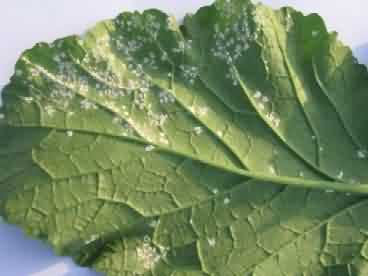
It is a serious problem of mustard causes leaf phase (local) and stag head (systemic) infections. The symptom develops on all aerial parts except root as light brown water soaked lesion covered with white growth of mycelium. Prominent white or creamy yellow pustules appear on lower surface of leaves and clearly visible during February - March. The small size pustules may also appear on upper surface of leaves. The infected inflorescences result in deformed floral parts (staghead) usually on top of branches. Flowers get malformed and become sterile. The seeds may become smaller and shriveled.
ii. Alternaria Blight (A.brassicae & A.brassicicola): Small dark brown- blackish sooty and velvety spot with round concentric rings appeared on stem, leaves and pods. Centre of spots soon dries and drops out. In severe attack leaves, pods and upper parts of stem withers. Pod infection results in loss of seed yield and germ inability. The pathogen remains viable in soil debris.
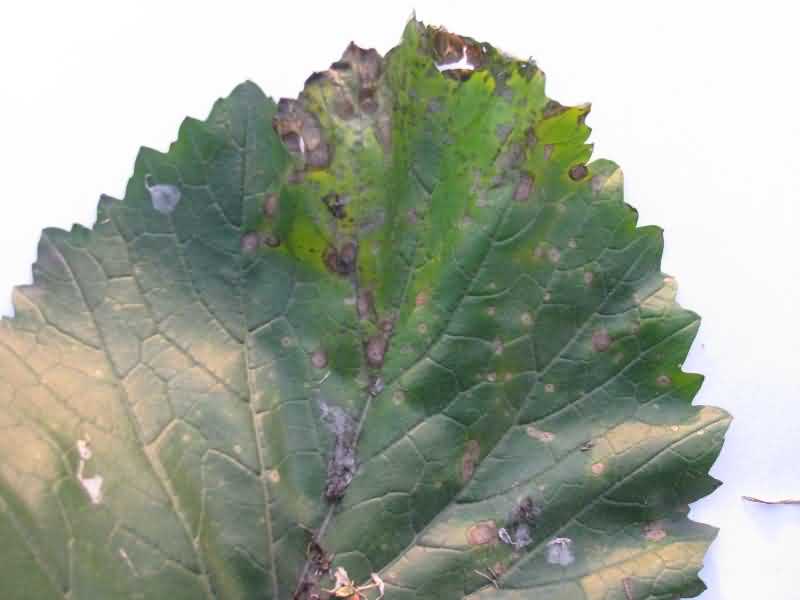
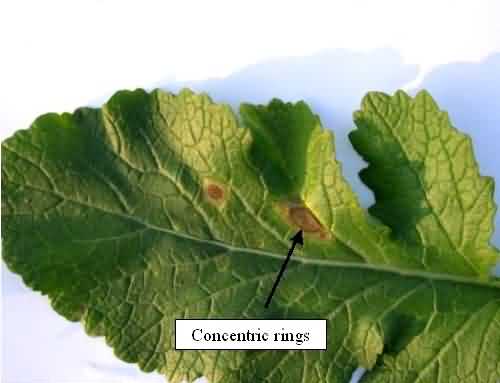
iii. Bacterial Leaf spot/ blight: The Causal organism is Xanthomonas campestris pv. campestris. V shaped lesion are produced. It also leads to collapse of interveinal tissues. Mostly plants are attacked from early seedling stage. The tissue turns yellow and chlorosis reached towards the centre of the leaf and forming V shaped area with base of V towards the midrib. The veins show brown to black discoloration. There is premature fall of the leaves is observed.
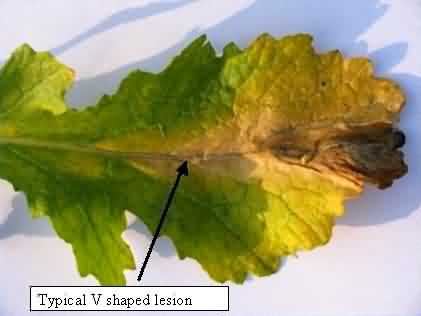
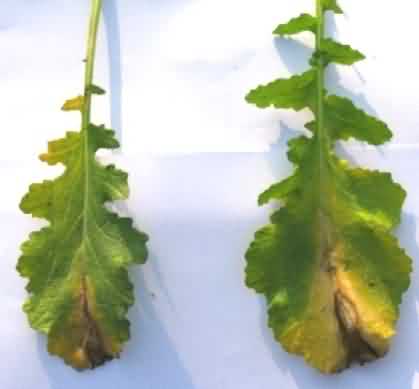
iv. Downy mildew (Peronospora parasitica): This disease alone or in combination with white rust is responsible for severe losses in yield. Symptoms appear on all above ground plant parts particularly on leaves and inflorescence. Purplish-brown spots appear on underside of the leaves. The most conspicuous symptom is thickening of inflorescence (staghead).Fungus stimulate hypertrophy and hyperplasia consequently results in deformation of various floral organs. The affected inflorescence does not bear siliquae or produce abnormal curled siliquae without seeds.
Integrated Disease Management in mustard
- Plough the field in summer to reduce the soil borne pathogen and weeds.
- Sowing of the crop should be done in first fort night of October as it escapes the disease. In delayed planting, the incidence of white rust, blight, is more.
- Adopt line sowing with 30x 10-15 cm row and plant distances.
- Removal of 50 per cent lower leaves at 60 days of crop age is advocated as it reduces the secondary spread of diseases and enhancing yield.
- Removal and destruction of stagheads (White rust& Downy mildew) from affected plants should be practiced.
- Seed treatment with Metalaxyl (Apron 35 SD) @ 6.0 g/kg, thiram or carbendazim @ 2.0 g/kg seed before sowing.
- Appliance of balanced (NPK-100:40:40) fertilizers for effective disease management.
- Application of 25-40 kg sulphur along with NPK increases the yield and disease resistance.
- Prophylactic spray of aqueous extract of garlic bulb or Eucalyptus leaf extract (2.0 % w/v) or mancozeb 75 WP @ 0.2 per cent at 50 and 70 days after sowing is effective against blight, white rust etc.
B. Major insects of mustard
i. Mustard aphid (Lipaphis erysimi):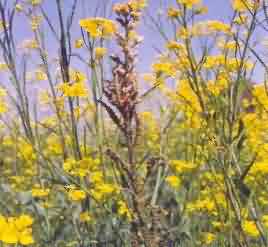
Mustard aphid is serious pest of mustard. The pest remains active in plains during November to march. It is small, pear shaped, delicate insect with soft and fragile body. Both nymphs and adults suck the cell sap from different parts of the plant i.e. inflorescence, leaf, stem, twig and pods as a result of which leaves acquire a curly appearance. In heavy infestation plant stunted, dries up resulting no pod and seed formation. Aphids secrete honeydew, which is responsible to the growth of black fungus known as “sooty mould” that hinders the photosynthesis.
ii. Painted bug (Bagrada hilaris)
Painted bug cause serious damage in mustard. Adult bugs are pretty looking, grey to dark brown or black in colour having many orange or brownish spots on the dorsal side of the body. The first and second instar nymph is bright orange in colour while third and fourth instar is red. Both adults and nymphs suck the cell sap from the leaves and shoots. It cause whitening of leaves concurrently wilting to complete drying of the plant.
iii. Bihar hairy caterpillar (Diacrisia obliqua)
It is a sporadic polyphagus insect, available throughout rapeseed-mustard growing areas of the country. Adult is dull brown colour emerging in March. Larva is reddish yellow and its body remains covered with hairs. The larvae feed gregariously from the margin of leaves and in severe infestation defoliate the entire plant. Leaves become papery devoid of chlorophyll and almost transparent. It has the habit of migration from one field to another.
iv. Mustard leaf minor (Chromatomyia horticola)
It is a regular polyphagous pest of rapeseed and mustard. Adults are two winged flies, which have grayish black back and yellowish speck near head. This pest remains active from December to May and passes rest of period in soil in pupal stage. In case of severe infestation, the attacked leaves wither; vigour of the plant gets reduced. Its damage is often more prominent on the older leaves.
v. Mustard saw fly (Athalia lugens proxima)
Adult saw fly orange yellow colour with black head and legs. The larvae are yellowish green to dark green with five lateral strips. It makes uneven holes in the leaves. The crop is attacked at seedling stage and three to four week old crop is most favoured. In rigorous infestation the crop looks as grazed by animals.
vi. Leaf webber (Crocidolomia binotalis)
This pest also causes the substantial damage to rapeseed-mustard crop in India. The moth is small and light reddish brown in colour. The larvae are about 13-15 mm long and green in colour with red perpendicular strips. Newly hatched larvae feed on the chlorophyll content of tender leaves. Afterward it feeds on upper canopy of the leaves, flower buds and inflorescences which are webbed together resulting in stunting of growth of plants. Severely attacked plants are entirely defoliated.
Integrated Insect Management
- Timely sowing of the crop before 15th October helps to escape infestation of mustard aphid.
- Apply balanced dosages of fertilizers i.e. (NPK-100:40:40). As application of only nitrogenous fertilizers makes the crop vulnerable to aphids.
- Seed treatment with Imidacloprid 70 WS @ 5.0 g/kg of seed should be done for management of painted bug and other insects during early stage of crop.
- Plough the field in summer season and follow the clean cultivation by weeding, hoeing and burning of debris in and around the field.
- Pluck and destroy the infested twigs or dip them in kerosenised/ insecticide treated solution from the border rows by 2-3 times at 10 days interval is very functional to avoid the further increase of insects in the crop season.
- Foliar application of insecticides such as Oxy-demeton methyl (Metasystox) 25 EC or Dimethoate (Rogar) 30 EC @ 1 ml/ litre of water is done when 26-28 aphids/plant is observed.
- If the pest populace builds up again, insecticidal spray can be repeated at 15 days interval or 5% neem seed kernel extract (NSKE) and 2% neem oil sprays are also effective to manage mustard insects.
- In case in severe infestation spray the crop with Endosulfan 35 EC, Phasphamidan 85SL, Quinolphos 25 EC, Malathion 50 EC @ 1-1.5 ml/ litre of water.
- In ecofriendly management Verticillium lecani @108 CS/ml of water in combination with 5 % NSKE, 2% neem oil is effective in reduction of aphid population.
- Spraying should be done in the afternoon for avoidance of toxicity to pollinators.
- Thresh the crop as early as possible to avoid the further losses and dispose off infected plant debris immediately.
Authors:
Dr. Ashish Kumar
Senior scientist (Plant Pathology)
IARI Regional Station Pusa- 848 125
Email:
